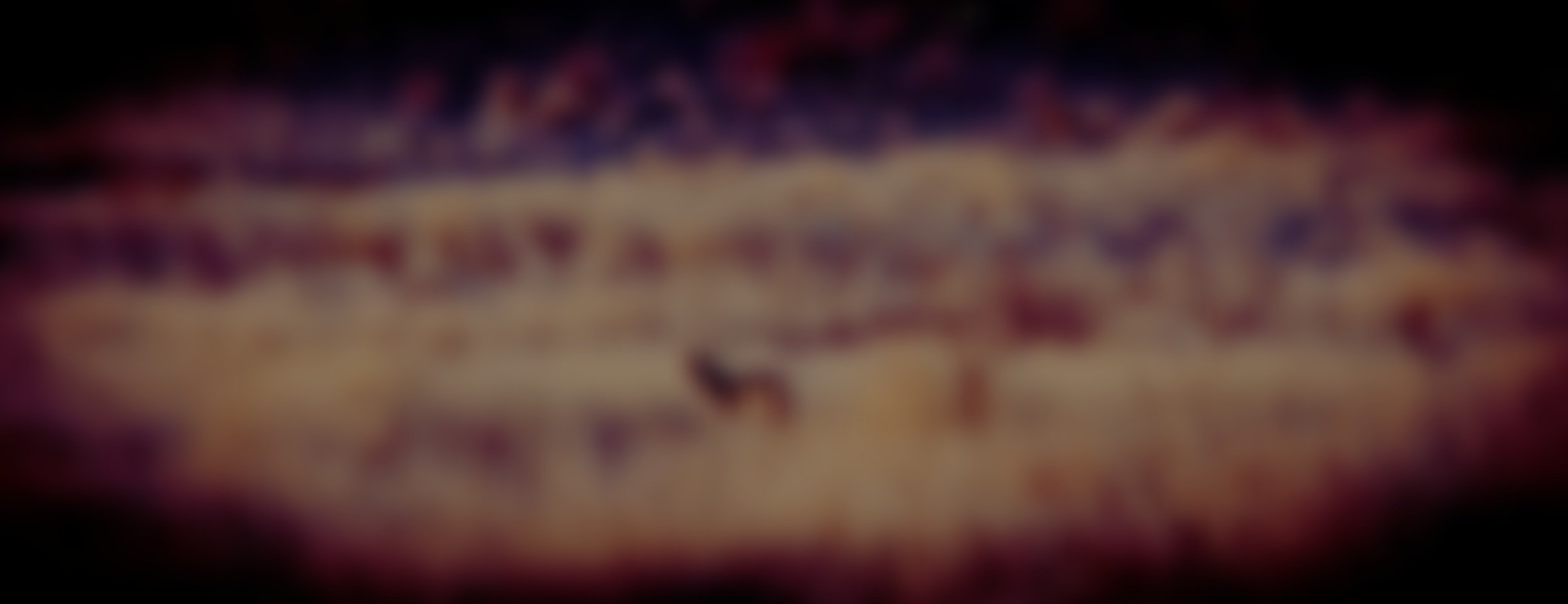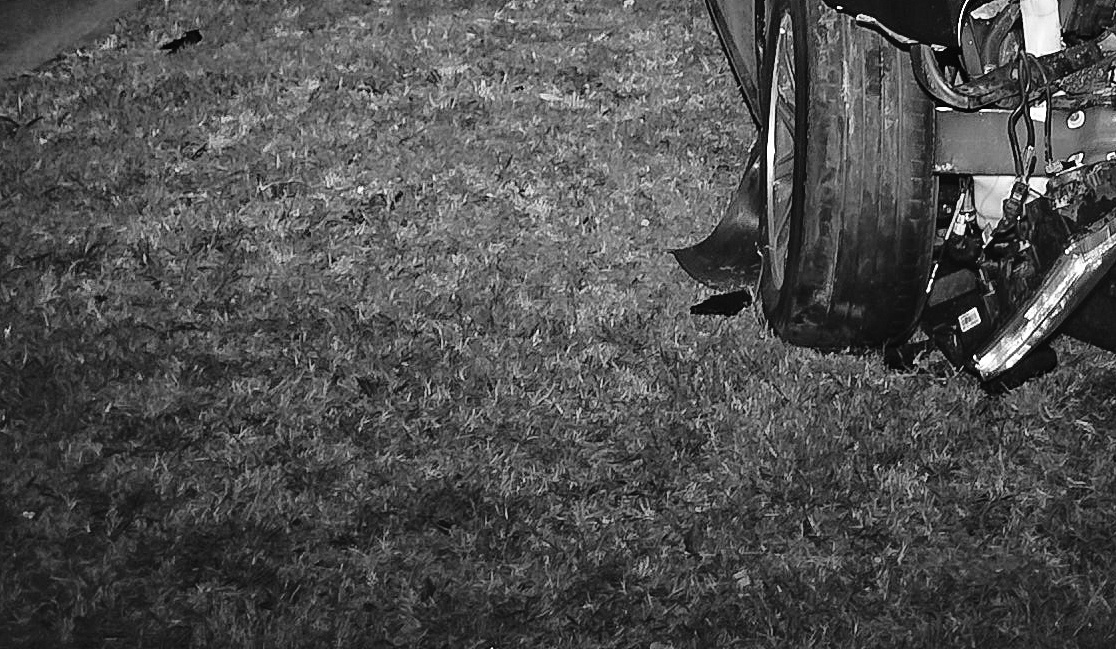The Coyote and the Chickenhawk

I’ve had a multitude of pets. Many dogs, mainly used for hunting. I’ve had several Labradors, three types of setters, a bloodhound, a Siberian husky, a few mutts, and a Pudelpointer. Oh, and a Himalayan cat named Hemingway that scratched the bejesus out of my arms, legs, and neck parts. Basically, anything he could get his massive mitts on. I’m certain he was clinically schizophrenic. One second he was purring to tummy rubs and the next he was trying to unearth my femoral artery with his teeth. I buried Hemingway (who I named before I’d read a single sentence from the famous author which puzzles me) a few yards from our shed on our panhandle farm. For two years ravens gathered over his grave. The bird of death, according to the Indians. I read recently that ravens hold funerals for fallen brethren and that they’re inclined to carry grudges - a recent study indicated malice towards individual scientists for not giving them treats. The animal world is full of secrets and we’re only now learning to listen, the Indians and others knowing such intricacies long before us. I didn’t know it at the time, but the farm would produce two more unorthodox companions years later.
A chickenhawk would be the first. One day, I walked around our shed to find a the little bird of prey standing calmly between the sickle blades. I approached. He remained. I got a little closer. He opened his mouth and flapped his wings, but remained. I don’t know how he was injured, but he couldn’t fly. He was young, a little smaller than the adults buzzing for mice. Somewhere around 10-12 inches. Chickenhawks are found all over the lower 48. Chances are, if you’ve seen a small hawk dragging a squished cottontail off the road, soon to ravage its innards, it was probably a chickenhawk, or a Cooper’s Hawk, as is the official name. The degrading moniker became the go-to term because of the bird’s propensity for chickens – a ripe and usually fenced meal. In the 19th century, all hawks became known as chickenhawks and were consequently shot on sight. They were “slaughtered by the thousands.” Thankfully, they (and other birds of prey) are now protected by law.
It might have been a Sharp-shinned Hawk, but their appearance is so similar to the Cooper, even experts are confused. I sure as hell couldn’t tell the difference. At any rate, to a farm boy on the prairie and pretty much every other John Deere rider and cowpuncher, any bird flying around eating mice and shitting on implements, smaller than an eagle, was a chickenhawk. So, what does a farm boy do with an injured chickenhawk? He keeps it and feeds it turkey bacon, of course. Duh. Some farm boys would undoubtedly kill it, despite the rules. After all, they pose a threat to the omelet supply chain, and they kill pheasant and quail chicks. But I kept it. With help from Dad, we corralled the flapping antagonist and shimmied him into a box. When we got home, we transferred him to a large metal cage, a cage that seemed ideal for enclosing small creatures. The cage was a pale red, a rust pink, longer than it was tall, a nice half-circle shape. It had rectangular mesh wiring over the two long sides, allowing a wide view to whatever lay inside. I don’t have any idea where the cage came from but we had it. Apparently, that wasn’t Dad’s first imprisonment. So, for weeks, I would come home from school, open the fridge, pull out a slice of turkey bacon and flop it into the cage. He wouldn’t eat it if I was watching. A prideful killer. It may have indeed been a she. I never checked. How do you check for raptor sex? So many feathers, so little time. Anyway, whenever I came back, the bacon was gone and the bird was perched calmly on the mock habitat: a broken limb from the backyard and a few handfuls of grass and leaves. I remember his eyes. They watched every move. They were never placid, never satisfied with bars. His eyes were a beautiful yellow-red, like the sun across the panhandle at the end of a long day.
Eventually, Mr. Chickenhawk began to flap his wings, violently bumping into the top of the cage. He regained his strength. With some reservation, I took the cage outside, opened the side, and stood back. He promptly flew into our oak tree and righted himself, taking in what had to be a rather shocking new view. I watched him for a while, admiring his colors and his always stern appearance. There is a certain nobility in hawks, despite their murderous ways. They don’t look back when their stomachs are full.
“The hunter has grace, beauty, and a purity of heart that can be found nowhere else. You can make no distinction between who they are and what they do. And what they do, is kill.”
Cormac McCarthy – The Counselor
Then he flew away forever. He could have very well gone to one of the neighbors and sniped a cat or a songbird. I don’t know. I didn’t hear any screams. Billy down the street might have picked him off with his pellet gun if he found the hawk gnawing on one of his mother’s red robins or blue jays. But according to my Book of North American Birds, the chickenhawk’s greatest threat “comes from an unseen foe – the plate glass window.” Another cruel gift to the wild world.
The cage was used again the next summer. A newer, bigger, much meaner pet. It was harvest time. Middle of June. Hot as hell but windier. I went into town to grab lunch. Upon my return, Dad’s Subway sandwich in tow, I witnessed something I will never forget. Dad had been cutting wheat all morning. Nice, clean, straight lines; one after the other. Monotonous beauty. But now, he was driving the combine in a bare field. No wheat within several hundred yards. Only clods and tumbleweeds. And as I came closer, I realized he was driving in circles. Fast. His upper torso rocked as he bumped over the rows of dirt. He seemed frantic.
“What in god’s name?” I said out loud. “He’s lost it. Dad’s finally lost his fucking marbles.”
Then I saw something else. Something very small and fury, running in front of the old L2 Gleaner. A coyote. A young, very pissed off, very scared coyote. I reached Dad and the coyote just about the time they both wore out. Dad jumped out of the combine, already putting on his leather gloves. He was exasperatingly giddy, like a teenager with a new dick, bigger and longer. The poor coyote was exhausted. Dad closed in. The coyote tried to bite his fingers off. Dad cursed, apparently surprised the predator wasn’t warming to his advances. I laughed. I still do. I vividly remember Dad cradling the coyote in his massive hands and arms like an infant, one of his hands firmly around the coyote’s mouth. I don’t remember how we transported him. I want to say Dad held him all the way back to town, but I can’t be sure. What I do know is that operation: enslave coyote for personal amusement had commenced, and wheat harvest could piss off. This was serious shit. We made it back to town and put the little fella into the chickenhawk cage. It’s funny how the names of things adhere to their virgin experiences. I still refer to the cage as “the chickenhawk cage.” It might have been roomy and luxurious for the hawk, but it was sadly miniature for the coyote. He could turn around in it, but that was about it. I had never seen a coyote that close. It was incredible.
In passing glances, the coyote seems nefarious, a sneaking thief in the night, usually blood-mouthed, always ravenous. In the summer, their coats are patchy, uneven, and ugly. And of course, as any mother with children will tell you, they can carry mange. I’ve seen a few such specimens. They are truly hideous. Then again, I’ve also seen myself in the mirror after binging YouTube, Chik-fil-A, and bottles of Decoy merlot three months into the offseason. (That’s what I call it when it’s summer and I carry a little extra baggage because I’m not hiking mountains looking for meat). But I’ve also seen coyotes in winter, their coats full and robust, their colors second only to the gods - the snowscapes and December skies. Traditionally, the coyote is one of North America’s most hated creatures. They have been trapped, shot, poisoned, exploded, burned, decimated, probably stabbed, and surely tortured. They have been deemed public enemy #1 by our government and sentenced to death by extirpation. Seriously, our government declared laws with the full intention of wiping these prairie wolves off the planet, along with other predators in the early twentieth century, like grey wolves. It worked for the wolves but the coyotes proved too adaptable. They remain an incredibly integral part of our ecosystem. No matter our efforts, thankfully, they will likely never be exterminated.
“We hunt the beast, but the beast is us.”
Feral, George Monbiot
They are the four-legged cockroach, likely sole survivors of the apocalypse. They are nature’s clean-up crew. They are the long-toothed janitors of the prairies, the mountains, and the hardwoods. Cities even. They pick up the mess when the lights are off, scavenging and keeping prey populations in check. They can be a nuisance, I guess. Folks who make their living with the stock will gladly tell you this. But we should be very careful what we deem vexatious. One man’s irritant is another’s jewel. To the rancher in Wyoming, the coyote harassing his sheep is a giant pain in the ass, taking dollar bills straight from his deeply creased wallet. And to the suburbanite California housewife, the coyote that lurks in the backyard is a serious threat to her family’s well-being. But to the hunter, this hunter anyway, they are a symbol. They are the hopeful embodiment of what at times seems to be dying. They are the irrepressible wild.
The coyote never ate. We tried everything: turkey bacon, regular bacon (why did we have so much fucking bacon around?) raw steak, cooked steak, road kill, mice, you name it. He wouldn’t eat anything. He would not succumb to our domestication. He remained curled into a strike-ready ball, his eyes bawling and his mouth on fire. Anytime you neared the rectangular wire, he snapped and bit and tore. The openings weren’t big enough for him to get through. Just a tooth. A salivating, ivory tooth, ready and willing to kill. He was mighty in his rage. I loved him for that. He never gave in; never caved to the collar. I wish I could say the same. But I’ve worn many. I’ve let man put me in an office with no windows. I’ve let him give me orders and boss me around. I’ve let him dictate where I live, what I buy, what car I drive, and what I feed my kids. I’ve let men put pants and shirts on me that I would never otherwise wear. Required attire. Black tie event. Company approved. Dress code. No hats allowed. No t-shirts or sandals. No shoes - No service. No shit. I’ve succumbed to domestication.
We let him go in the same field we found him in. Dad went back to cutting wheat. I went back to following him in the grain cart, the panhandle horizons at sunset still the most colorful I’ve ever seen. I looked for the coyote as I drove. Then I saw him. Right at dusk. He was streaking across the field, the cut wheat on one half, the tall stand on the other, still full, unabridged. He was running the line, galloping in the open with dense cover quick on his side. Then I lost him in the darkness, only the tractor lights looming ahead in the straight clean rows, Dad driving ahead, waiting for me to follow.








